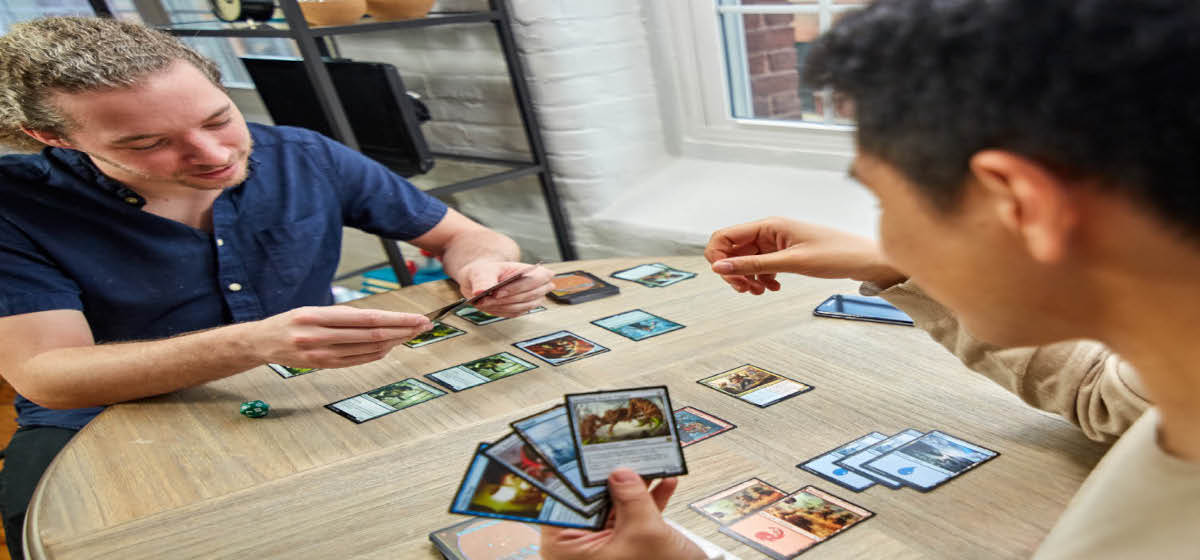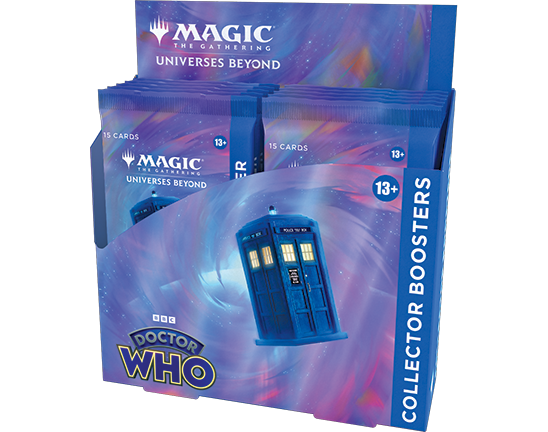New Ideas To Selecting MTG Magic
Wiki Article
What Are The Different Types Of Magic: The Gathering Cards?
The game Magic: The Gathering revolves around various types of cards which serve different functions and possess distinct effects.
Creatures- Represent creatures like dragons, elves, beasts, etc.
Abilities- They often have power and toughness (indicating their ability to fight) and could also have abilities like flying, tramples, lifelink, and more.
In general summoned creatures are not able to attack or carry out any other actions on their turn unless they also possess "haste."
Spell Cards
Spells are magical effects. These effects can include dealing damage to creatures, countering spells, or drawing cards.
Types of Spells - Spells can be instants (playable at any point in time), sorceries or enchantments.
Artifact Cards-
Artifacts- Represent magical objects or devices, from powerful weapons to utility objects.
Abilities. They may have different effects, such as the ability of creatures to gain abilities as well as creating mana, among other effects that alter the gameplay.
Enchantment Cards
Enchantments- They are long-lasting magical effects that stay in the game after they have been they are played.
Effects - They can have various effects, including changing the game rules, boosting creature power, or thwarting your opponents' strategies.
Land Cards
Landsare the representation of the magic resources (mana) needed to cast spells and summon creatures.
Mana Production- They generate mana in a variety of shades (white, black, blue red, green or colorless) which allows players to cast spells and use skills.
Planeswalker Cards
Planeswalkers- Characters with powerful abilities with unique abilities, representing allies that assist players.
Loyalty Coins - Players can use loyalty coins to activate abilities like dealing damage, bringing up cards and summoning creatures, or even altering game states.
Deck ConstructionDeck Construction
The players create their decks by mixing these types of cards, and usually focus on synergies and strategies to make a balanced and effective deck.
Magic: The Gathering has many strategies players can employ to participate in the game. See the top discount mtg cards for blog examples including best mtg cards, magic cards, type cards, best magic the gathering cards, sold cards, magic cards, magic creature, sold cards, mtg rares, magic cards and more.

What's The Purpose Behind Magic: The Gathering Artifact Card? What Are The Pros And Cons?
Magic: The Gathering Artifact Cards are non-creature or non-land cards, which depict various magical devices, objects or structures. They often come with unique properties or effects. These are the pros and cons.
The versatility of artifacts is that they have different impacts. They can give mana and enhance creatures draw cards, manage the board or even act as win conditions. Their versatility lets them fit into various deck strategies.
Persistent effects - Once placed on the battlefield, artifacts generally stay until removed, providing ongoing benefits or effects that can impact the game for a long time.
Colorless Nature - Many artifacts do not have a color-specific nature. They can be utilized in decks with different colors of mana without having to worry about the consistency.
Synergies- Artifacts can synergize with other types of cards, such as creatures or spells which can result in powerful interactions and combos that enhance a player's strategy.
Cons-
Artifacts have a vulnerability that permits them to be destroyed or targeted by effects, spells or any other cards that are in contact with artifacts. They can also be destroyed or neutralized by cards that specifically deal with artifacts.
Resource Cost: Some powerful artifacts come with high mana costs. This makes them difficult to cast early in the game. This can impact a player's plan of attack and render them more vulnerable in the first few turns.
Artifact removal- Some strategies or even opponents will concentrate on removing artifacts. This could reduce their effectiveness and could even negate their advantages.
Dependence on Other Card- Some cards may need assistance from a second card in order to maximize their potential. If they do not have the necessary support their performance is limited.
Artifacts also play a key part in the creation of decks and strategies. They provide unique effects that are able to complement various game plans, and their flexibility to be used in different deck archetypes make them useful assets in many Magic: The Gathering decks. They are susceptible to being removed. Also, they may depend on other cards. Follow the top rated magic the gathering cards prices for site info including mtg card lot, magic rarities, magic tcg, card collection, type cards, highest priced magic the gathering cards, sell magic the gathering cards, buy sell trading, magic the gathering cards collection, type cards and more.

What Is Magic: The Gathering Land Card Do? What Are The Advantages And Disadvantages Of Magic: The Gathering Land Cards?
Magic: The Gathering is an game that is heavily reliant on the land card. They are the mana needed to cast spells or use other cards. There are pros and cons.
Mana Generation - Land cards are the primary source of mana needed for playing the game. Land cards are utilized by players to generate mana. Mana can then be used to cast spells, summon creatures and activate other abilities.
Stability- Once played, land cards are usually left on the battlefield and continue to supply mana on a regular basis, which ensures an ongoing supply of resources for the use of spells.
Color Fixing - Different kinds and hues of lands create different shades. It allows players to gain access to specific colors that are required to cast spells with the same colors in their decks, thereby helping ensure consistent access to needed mana types.
Some have additional capabilitiesCertain land cards possess capabilities that go beyond the ability to generate mana, such as drawing cards, getting life, or providing additional effects when tapped.
Cons-
Land cards aren't as effective in their use. Unlike other card types they are mostly used to create mana. They don't have a direct impact on mana generation.
Vulnerability To DestructionVulnerability to Destruction Lands could be susceptible to spells that can destroy the land. This could make players unable to use mana resources and could affect their spell casting abilities.
Limit to only one card per turn Players usually can play only one land per turn. This limits how much mana they can generate during a specific turn.
Opening Hand Balance- Drawing too little or too many land in the opening hand could affect gameplay, and impact the ability of players to cast spells and advance their strategy effectively.
The land cards form the center of any Magic: The Gathering collection and provide mana needed to cast spells or to play the game. Their presence in constant supply is essential to executing strategies and using powerful cards. When it comes to design and strategy for decks, it's crucial to take into account their limited capabilities beyond mana-generation as well as their vulnerability to certain effects. View the best sell mtg singles for more advice including order magic the gathering cards, magic cards new set, magic the gathering what is it, best magic cards, magic the gathering cards value, type cards, foil cards, card price, mtg card collector, magic the gathering finance and more.
